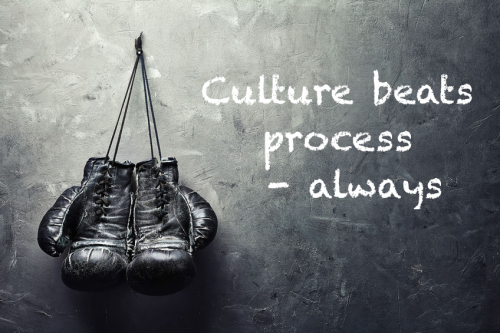As we have seen in previous posts, our state is influenced by how we see things – SeeBeDo.
The dominant way of seeing the world of work is called transactional – it’s the something-for-something system – and as we saw in my previous post, it is not madly inspiring.
But what is the alternative?
Is there a different way to look at the world of work that would produce a different state of mind and as a consequence, a different kind of leadership?
The short answer is yes – it is called transformational leadership and what is puzzling about this is that this way of seeing work has been around since the late 1970s.
Transformational Leadership was first coined by the historian and political scientist, James MacGregor Burns in the late 1970s, and was used to distinguish the inspirational leadership style from Transactional Leadership.
It was later expanded on by Bass and Rigio in their book “Transformational Leadership”
“Superior leadership performance — transformational leadership — occurs when leaders broaden and elevate the interests of their employees, when they generate awareness and acceptance of the purposes and mission of the group, and when they stir their employees to look beyond their own self-interest for the good of the group. Transformational leaders achieve these results in one or more ways: They may be charismatic to their followers and thus inspire them; they may meet the emotional needs of each employee; and/or they may intellectually stimulate employees. “
Transformational leadership includes four central components:
| Idealized Influence | being a role model that is highly regarded, valued, trusted, and deserving of emulation |
| Inspirational Motivation | encouraging enthusiasm in others through challenge and instilling a sense of significance while promoting cohesion, harmony, and confidence |
| Intellectual Stimulation | kindling creativity and inventiveness by encouraging novel ideas, questioning, and thinking outside the box |
| Individualized Consideration | paying particular attention to the individual needs of each follower |
At the core of this is a fundamentally different approach to what work and life is all about
| Transactional | Transformational |
| Homo economicus – humans are rational, and act only out of self-interest.Reward and punishment are the prime motivators. |
The integrated human works on developing herself on many levels, physical, mental and emotional.Humans are driven by a need for purpose / meaning and a hunger for development and autonomy. |
| The transactional manager works within the established way of thinking and does not question these basic assumptions about how the organisation operates. | The transformational leader is continuously renewing the organisation by challenging existing assumptions and implementing new ideas process that question the status quo. |
| The employee and the employer have opposite interested it a zero sum game, I win/ you lose | The employer and the employee have common or at least overlapping interest and concerns. It’s a win/win or a lose/lose. |
There is a ton of academic research that shows that the transformative approach produces superior results. If we then drill down and try to understand what exactly it is that makes this significant difference, two things jump out.
- Transformational leadership, more than anything else, creates a high level of employee enthusiasm / engagement.
- In a rapidly changing world full of wicked problems – survival, let alone growth, is dependent on the contribution of everyone.
The transformative leader is distinguished by the ability to mobilise all the resources that are present in a given group or organization. And because people feel involved, included, and accepted for who they are, you get a completely different level of engagement. It becomes a self-reinforcing upward spiral.
Because of this, there are better relations and a much better understanding of each other’s perspectives. This also builds a culture where everybody feels like contributing and adding their point of view and ideas without being nervous about being criticized, ridiculed, or otherwise falling foul in the system.
This also means that the transformational leader is more humble in respect to other people and open to their ideas and contributions, because it’s not about the leader as a hero, but about a challenge, a purpose, that we need to solve together.
The transformative organization does better over time – they are much better equipped to handle change.
This also solves a personal inquiry I have had for a few years now: Why is it that some organisations implement the Service Profit Chain framework with a natural ease and subsequent amazing results, while others seem to get stuck.
The answer lies in their fundamental approach to work, is it transactional or is it transformational?
Even with the best intentions, if your fundamental state of mind is transactional, you will not create the kind of internal quality that is foundational for success when implementing the Service Profit Chain.







